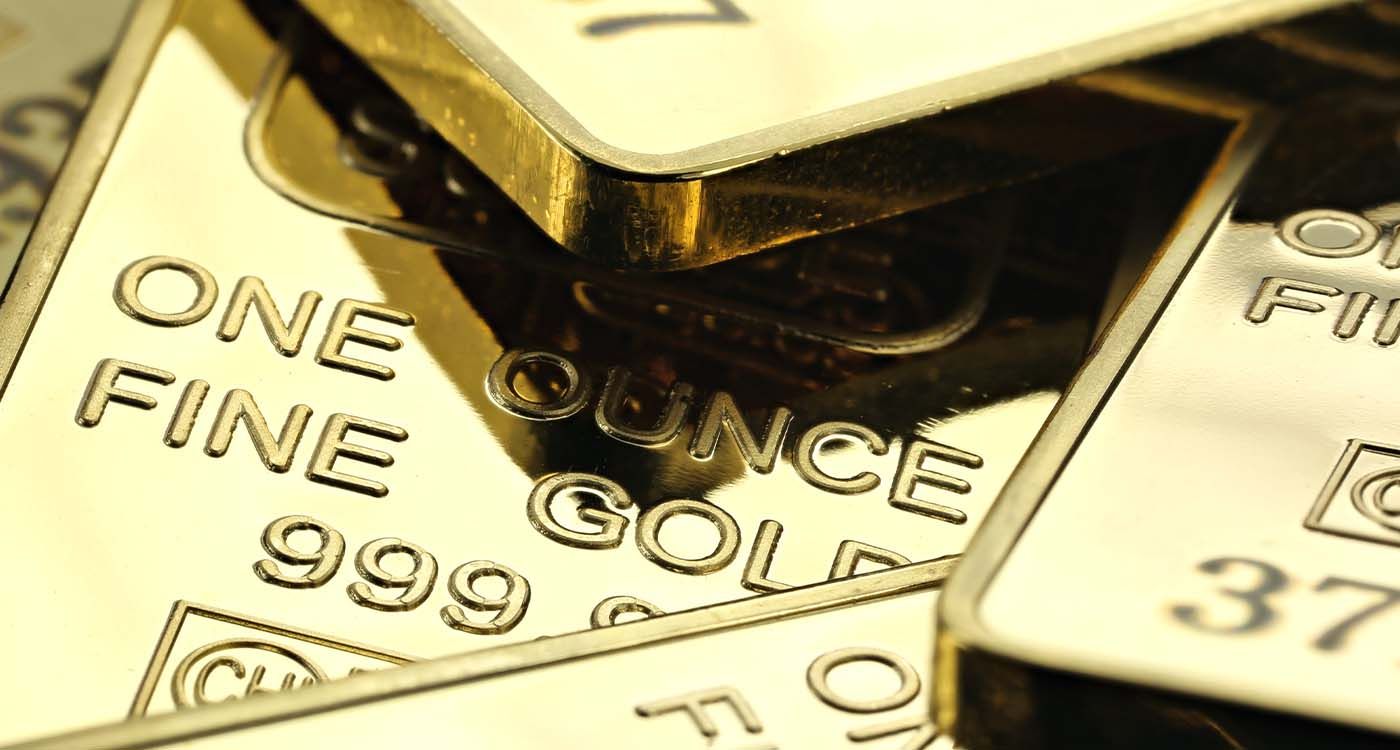
On August 20 in Jounieh, a sweep by the Internal Security Forces led to the arrest of several members of a network selling counterfeit gold. While the operation highlights the need for vigilance, political, security and economic uncertainty continues to push Lebanese citizens toward the precious metal. But how can one tell a fake ounce from a genuine one?
Speaking to This is Beirut, a Lebanese jeweler described the authorities’ statement as “brief.” “It provides no information about the counterfeit gold items seized, making it difficult to assess the skill of the forgers or the equipment they use – matrices, presses, stamping tools – that enables them to achieve such a high level of finish. It is therefore hard to gauge the risk they pose to ordinary citizens seeking to purchase a coin or gold bar,” he said.
“To deceive buyers, some forgers use copper or silver as a base and then coat it with a thin layer of gold. Others go further by casting their coins directly in a gold-colored alloy that mimics real gold without having the value of real gold,” the source explained.
Limited-Use Apps
To date, no global platform can verify the traceability of an ounce or a gold coin and guarantee it is 100% authentic. There are, of course, apps developed by private providers, but their reach remains limited.
These platforms, created by companies involved in refining, smelting or minting precious metals, allow serial numbers to be checked. However, they warn that their tools are reliable only for their own products. For a true guarantee, buyers must supplement the check with physical tests – weight, dimensions, density – or a professional visual inspection.
Check the Source of Purchase
To avoid scams, one piece of advice comes up consistently: it is best to buy gold from licensed sellers, and above all, to favor wholesalers over retailers. Not only do they have a solid reputation, but their commissions are also lower than one might expect. These wholesalers, who are also willing to sell in smaller quantities, can be counted on one hand in Lebanon, and everyone knows their names.
Roula chose to visit a wholesaler in Bourj Hammoud. “You need patience because the lines are endless, but it’s worth it: you leave with a product that is safe, authentic and certified,” she says. She arrived at 8 AM and quickly reserved her spot, convinced that here, trust and quality are worth a few hours of waiting.
Original Seals and Certificates
When buying an ounce of gold or a coin, it is best to choose a product still in its original seals. This official packaging, provided by the refinery or manufacturer, confirms that the bar or coin has never been opened or altered since production, providing a valuable guarantee of authenticity. Buyers should also ensure that the serial number engraved on the bar or coin matches the one listed on the seals.
Furthermore, a certificate of authenticity should accompany every transaction. This separate document specifies the weight, purity and origin of the metal. Some refineries include it directly in the seal or packaging, but this is not always the case.
Manual Test
First, it is important to remember that gold is not magnetic: if a coin is attracted to a magnet, it is definitely fake. However, exercise caution, as some metals, such as tungsten, often used by forgers, are also non-magnetic, which limits the reliability of this test.
Another clue lies in the sound: a genuine ounce of gold, lightly tapped, rings like a small bell, with a clear and prolonged chime, whereas a counterfeit produces a duller or shorter sound.
Finally, careful observation using a magnifying glass is essential: the engravings should be sharp, the relief precise and the reflections uniform. Counterfeits often reveal irregular letters, approximate details or questionable finishes.
Still, despite these initial indicators, only in-depth tests conducted by a professional can provide unquestionable authentication.



Comments